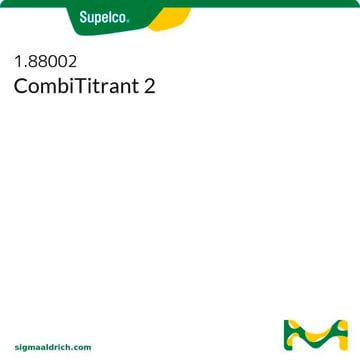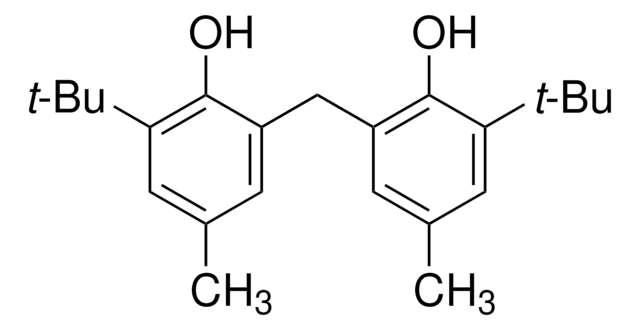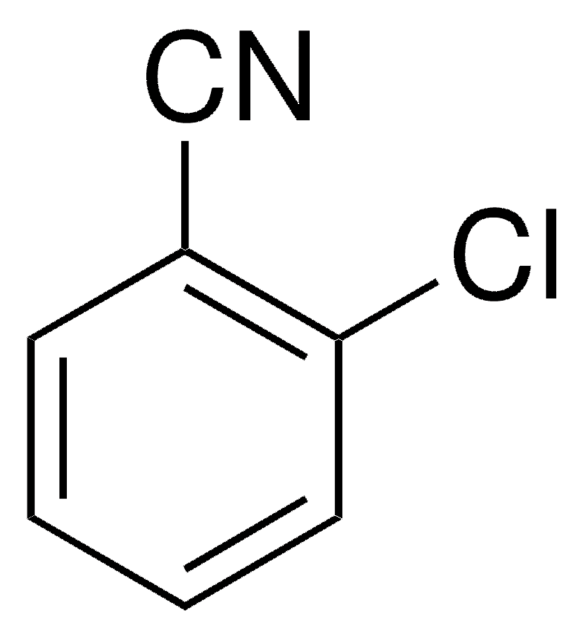D251
Decahydronaphthalene, mixture of cis + trans
reagent grade, 98%
Sinónimos:
Decalin™
About This Item
741 mmHg ( 188 °C)
Productos recomendados
grado
reagent grade
Nivel de calidad
densidad de vapor
4.76 (vs air)
presión de vapor
42 mmHg ( 92 °C)
741 mmHg ( 188 °C)
Ensayo
98%
Formulario
liquid
temp. de autoignición
482 °F
lim. expl.
0.7-4.9 %, 100 °F
índice de refracción
n20/D 1.474 (lit.)
bp
189-191 °C (lit.)
mp
−125 °C (lit.)
densidad
0.896 g/mL at 25 °C (lit.)
cadena SMILES
C1CCC2CCCCC2C1
InChI
1S/C10H18/c1-2-6-10-8-4-3-7-9(10)5-1/h9-10H,1-8H2
Clave InChI
NNBZCPXTIHJBJL-UHFFFAOYSA-N
¿Está buscando productos similares? Visita Guía de comparación de productos
Descripción general
Aplicación
- Distannoxane-catalyzed synthesis of aliphatic polyesters via polycondensation.
- Intramolecular carbonyl-ene cyclocondensation of oxygenated o-phenylallylbenzaldehydes to synthesize substituted naphthalenes.
Información legal
Palabra de señalización
Danger
Frases de peligro
Clasificaciones de peligro
Acute Tox. 3 Inhalation - Aquatic Acute 1 - Aquatic Chronic 1 - Asp. Tox. 1 - Eye Dam. 1 - Flam. Liq. 3 - Skin Corr. 1C
Código de clase de almacenamiento
3 - Flammable liquids
Clase de riesgo para el agua (WGK)
WGK 3
Punto de inflamabilidad (°F)
134.6 °F - closed cup
Punto de inflamabilidad (°C)
57 °C - closed cup
Elija entre una de las versiones más recientes:
¿Ya tiene este producto?
Encuentre la documentación para los productos que ha comprado recientemente en la Biblioteca de documentos.
Los clientes también vieron
Nuestro equipo de científicos tiene experiencia en todas las áreas de investigación: Ciencias de la vida, Ciencia de los materiales, Síntesis química, Cromatografía, Analítica y muchas otras.
Póngase en contacto con el Servicio técnico

















